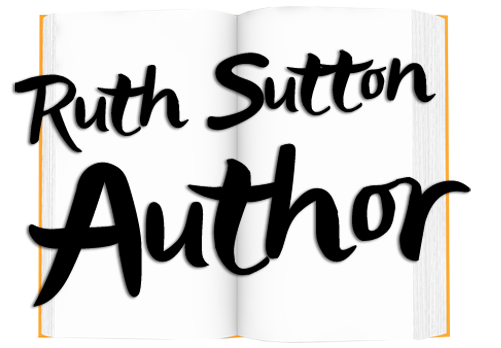Endings are really difficult, aren’t they?
I came to crime fiction really late. I didn’t publish my first novel until I was 64, and then spent three years on a character driven trilogy before I decided to try crime writing. I read crime stories and I have some idea how they’re constructed and what makes them work. So why not have a go? How hard can it be?
Oh, the misplaced confidence of the (relatively) old!
Online crime writing course: tick. Found and studied my notes on the ‘Three Act Structure’: tick, although I worried that genre protocols might make the writing formulaic. Then I plunged into ‘Cruel Tide’, a story about institutional child abuse, and ignored most of the genre protocols I’d identified. I refused to make it too graphic and violent; I avoided the expected romance between my two main characters, and – mercy! – I left the ending ambivalent, with the goodies thwarted and the baddies apparently getting away with murder, literally.
I thought it was a good first attempt, but some of my readers were fretful. They wanted a ‘cosier’ theme, more romance, and the wicked to be punished. When I wrote the sequel ‘Fatal Reckoning’ I bent towards these expectations a little more, but that’s the end of the plot spoilers. My ebook and Print on Demand publisher, Fahrenheit Press, dubbed the two crime novels ‘Cumbrian noir’ and I was actually quite chuffed about that. ‘Noir’ has great resonance: it conjures up unresolved wickedness, dark landscapes, claustrophobic interiors, moral ambivalence.  If you love ‘Double Indemnity’ you’re a noir fan, and I do. So if I have a crime fiction sub-genre it’s definitely not cosy crime, nor classic police procedural, and there’s no ‘great detective’ who reveals all in the penultimate chapter.
If you love ‘Double Indemnity’ you’re a noir fan, and I do. So if I have a crime fiction sub-genre it’s definitely not cosy crime, nor classic police procedural, and there’s no ‘great detective’ who reveals all in the penultimate chapter.
So Cumbrian noir it is, and I decided to have another go, setting the story in one of the darkest times in recent Cumbrian history, the catastrophic foot and mouth disease outbreak of 2001. I’ve reached the point where I’m reasonably happy with Act 1, and Act 3 looked clear, important and achievable. But here’s the hard part, Act 2. Tension has to mount, complications are necessary, a few blind allies and red herrings come in handy. If it all sounds a bit meandering, that’s the problem. You have to pull the reader along into the breathless tension and twists of Act 3 and then leave things feeling reasonably well resolved by the end. Trouble with Act 2 is a common problem, apparently.
When Act 2 isn’t working, you’ve got some choices. A new character? A new sub-plot? An unexpected twist that raises the danger level? Or there’s something more radical, that might take more time to sort out: you can change the ending you’d planned.
Many writers recommend starting with the denouement and planning backwards from there, and it’s tempting. But sometimes as the characters develop they just don’t fit into the dramatic ending that seemed so attractive in your earlier plans. Or you realise that the underpinning theme that’s emerging from the story doesn’t chime with the original ending. You need to take a deep breath, go back to your outline, and start again, at least from the half way point to the end. It feels drastic, and you need to think hard about the next outline before continuing with the first draft, or you could be wasting even more time than you’ve lost already.
That’s my way out: my ending has to change, and I can see Act 2 taking a better shape already. Phew. Hope it works!

Recent Comments